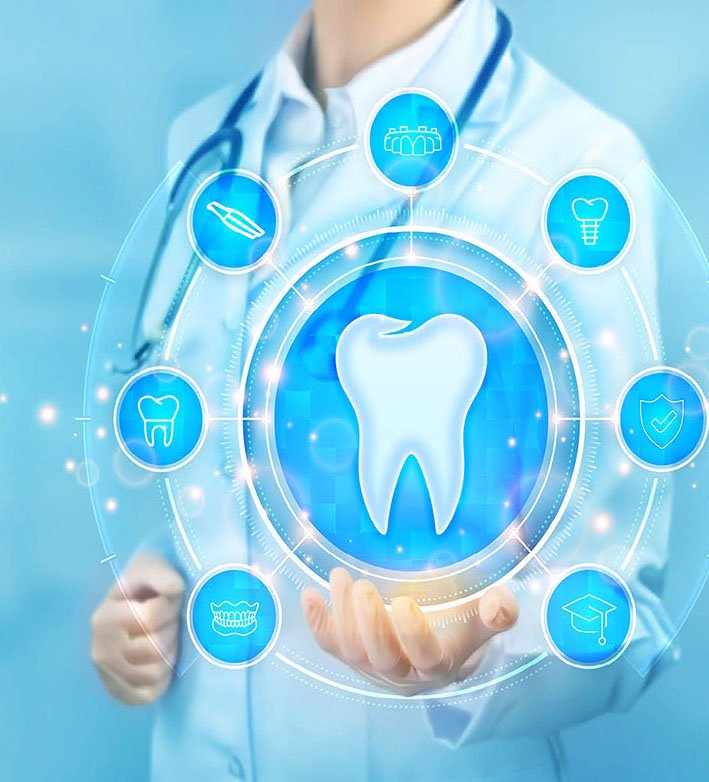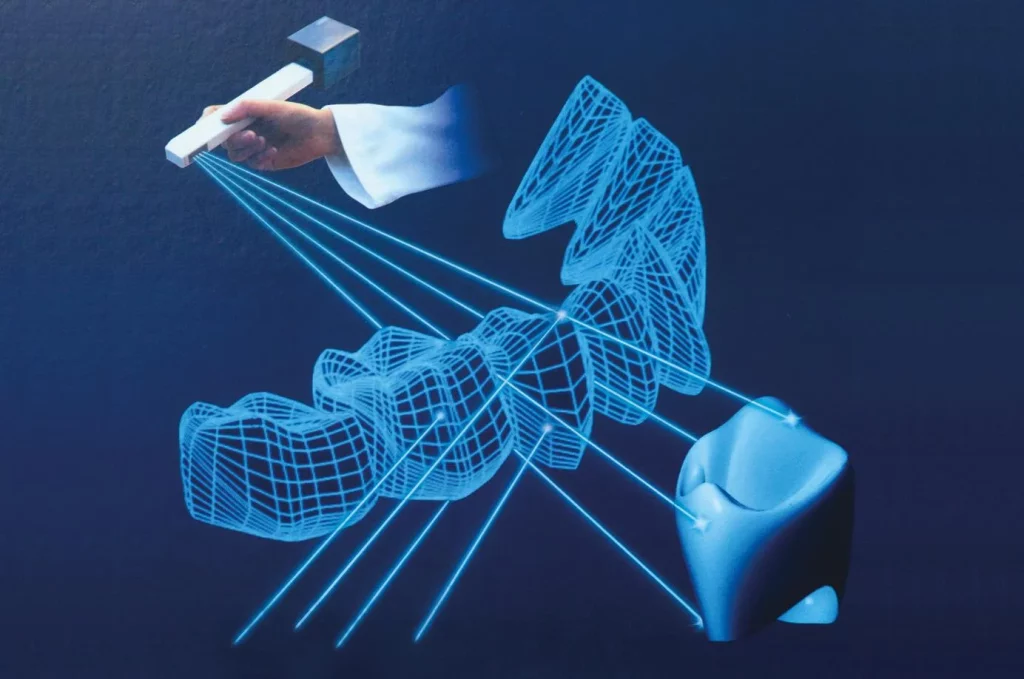In recent years, the world has witnessed a dramatic transformation in nearly every field due to digital technologies, and dentistry is no exception. Digital Dentistry, once considered futuristic, is now a vital part of modern dental practices around the globe. It not only enhances the precision and speed of dental procedures but also revolutionizes the patient experience. In this blog post, we will delve into what Digital Dentistry is, its core technologies, benefits, challenges, and its promising future in the world of oral healthcare.
What is Digital Dentistry?
Digital Dentistry refers to the use of dental technologies or devices that incorporate digital or computer-controlled components to carry out dental procedures rather than using mechanical or electrical tools alone. These innovations range from digital imaging and CAD/CAM systems to 3D printing and intraoral scanning.
In simpler terms, digital dentistry is the integration of digital tools in diagnosis, treatment planning, and execution to increase accuracy, efficiency, and patient comfort.

Core Technologies in Digital Dentistry
1. Intraoral Scanners
Intraoral scanners replace traditional impression materials with a small handheld device that captures detailed 3D images of the patient’s teeth and gums. This technology eliminates discomfort and speeds up the impression process, making it more accurate and patient-friendly.
2. CAD/CAM Systems
Computer-Aided Design (CAD) and Computer-Aided Manufacturing (CAM) are used to design and fabricate dental restorations such as crowns, veneers, bridges, and prosthetics. With CAD/CAM, a dentist can create a restoration within a single appointment, improving efficiency and precision.
3. 3D Printing
One of the most exciting innovations in digital dentistry is 3D printing. Dentists and dental technicians use 3D printers to create models, surgical guides, aligners, dentures, and crowns. It allows for faster production and customization according to patient-specific needs.
4. Cone Beam Computed Tomography (CBCT)
CBCT is a specialized type of X-ray that provides 3D images of teeth, soft tissues, nerve pathways, and bone in a single scan. It is extremely useful in implant planning, orthodontics, and complex endodontic cases.
5. Digital Smile Design (DSD)
Digital Smile Design allows dentists to digitally simulate the patient’s future smile. It combines digital photography, video, and 3D imaging to design the ideal aesthetic and functional outcome before any treatment begins.
Benefits of Digital Dentistry
1. Enhanced Precision and Accuracy
Digital tools reduce human error and improve the precision of diagnosis and restorations. For example, CAD/CAM-generated crowns fit more accurately than those created manually.
2. Improved Patient Experience
Patients benefit from shorter appointment times, less invasive procedures, and a more comfortable overall experience. Digital impressions are less messy and much quicker than traditional molds.
3. Faster Turnaround Time
With in-house fabrication using 3D printers or CAD/CAM systems, restorations that once took weeks can now be completed within a single day.
4. Better Communication
Digital records can be easily shared among dental specialists, laboratories, and patients. This ensures smoother collaboration and more informed decision-making.
5. Environmentally Friendly
By reducing the need for physical materials like plaster, stone, and impression trays, digital dentistry promotes a more sustainable practice with less waste.
Challenges of Digital Dentistry
Despite its advantages, digital dentistry is not without challenges. The initial investment in digital equipment can be high, making it difficult for smaller practices to adopt. Additionally, there is a learning curve involved. Dentists and dental staff must undergo proper training to operate digital systems effectively.
Integration of various digital platforms can also be a concern. Not all devices and software are compatible with each other, which can create workflow disruptions.
The Role of Digital Dentistry in Specializations
1. Orthodontics
Clear aligner systems like Invisalign are fully dependent on digital impressions and 3D planning. It has made orthodontic treatments more discreet and customizable.
2. Implantology
Digital planning through CBCT and surgical guides ensures accurate placement of dental implants, improving long-term success rates and reducing complications.
3. Prosthodontics
Dentures and crowns are now designed digitally, enhancing fit, comfort, and aesthetics.
4. Periodontics and Oral Surgery
Digital diagnostics help in early detection of periodontal disease and planning of surgical interventions with better precision.
The Future of Digital Dentistry
The future of digital dentistry is incredibly promising. As artificial intelligence (AI) and machine learning become more integrated into healthcare, their applications in dentistry are expanding. AI can now assist in diagnostics, treatment planning, and predictive analytics. Teledentistry is also gaining momentum, allowing patients to consult with dentists remotely—especially useful in rural or underserved areas.
Moreover, continuous improvements in hardware and software are making digital systems more affordable and user-friendly, increasing their adoption even in small practices.
Blockchain technology may also soon be used to store and manage patient records securely, ensuring privacy and seamless access across platforms.
Digital Dentistry is more than just a trend—it’s a revolution that is shaping the future of oral healthcare. From diagnosis to treatment and aftercare, digital tools are transforming how dental professionals work and how patients experience care. While challenges remain, the advantages in terms of accuracy, efficiency, and patient satisfaction make digital dentistry a game-changer.
As technology continues to advance, embracing digital dentistry is not only beneficial but essential for those seeking to provide state-of-the-art dental care. The mouth may be small, but the impact of digital innovation within it is monumental.


